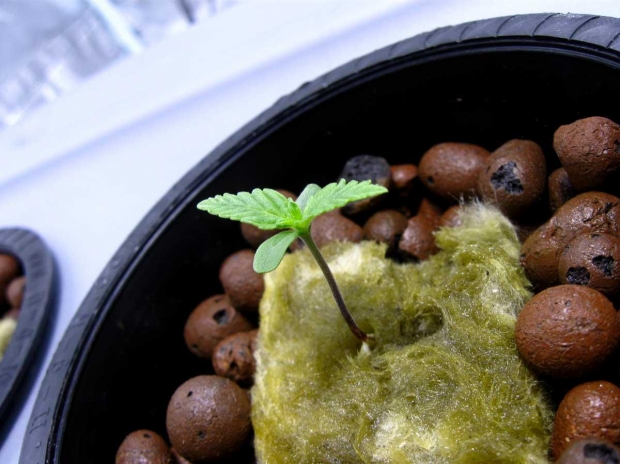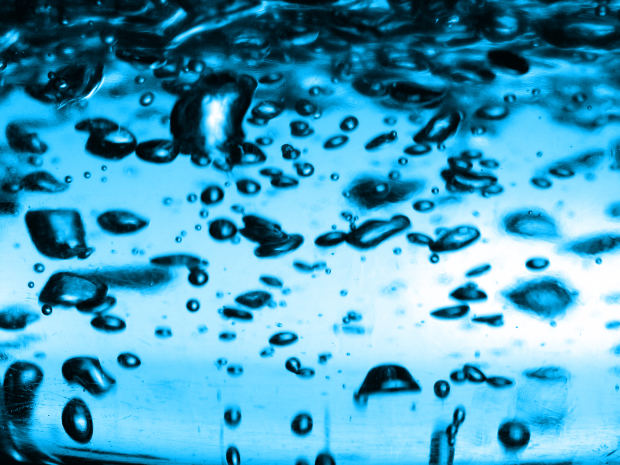
 Loading... Please wait...
Loading... Please wait...Save Money. Grow Your Own!
Fast Plain Box Shipping.
We ship to the US & Canada.
Posted on 30th Jun 2016
You'll sometimes hear growers say that construction is the easiest part of a hydroponics project -- but why is that, and how easy is it to actually put together a container garden for your plants?
It's actually fairly easy. You can make a storage bin hydroponic system with just some of the common items you can buy at any big box store. As for the reason why growers say that construction is the easiest part, if you check out some of the other guides we've written around hydro gardening, you realize that there's a lot of labor and effort put into helping plants through the development process. That includes looking at things like temperature, humidity and pH value. It means inspecting plants for signs of bacterial invasion.
As for construction, here is a guide to putting together a storage container system to house plants.
Acquire Storage Bins
Get the big Rubbermaid containers or other bins you can find on the shelves at a local home furnishings retailer.
Get Plant Pots

You’ll want a collection of small plant pots several inches in diameter. This is where plants roots will sit, in sterile grow media that you will use to fill the pots.
Trace the Lid of the Storage Bin
Draw with pen or marker while putting the top of the plant pot onto the top of the storage container. Using a saw or other tool, cut around those traced holes.
Insert Plant Pots
Make sure the plant pots sit well inside the holes that you cut out. They have to be stable and supported by the edges of the container, but there also shouldn't be any open space for air to move through.
Situate Pump Inside the Reservoir
The bottom of the storage container is going to hold the reservoir. Find a way to make the pump fit into this equation. The pump will pump the water up to the individual plant pots. You want to make sure that the pump is not incorrectly exposed to water, because, well, water and electricity don't mix. Practice good electrical safety as it’s important in any hydro project.
Route Delivery Tubing
Use small tubes to deliver water to each plant pot. The water will run down through the sterile media and nourish plants.

Stand Back and Let it Go
With a decent setup and the right kinds of nutrients in play, you're likely to see your plants thrive as they proceed from vegetative to flowering phases. Keep an eye on plants as they grow and be sure to clean up any dirt or debris from the grow area.
You’ll need to also make sure that you know when water is going to be delivered to plants. Some growers do this manually, but others connect the pump to automated timers that can help irrigate plants at various intervals.
Throughout all of this, again, you want to be checking for the plants to make sure that they havea good atmosphere -- check on temperature and make sure that plants stay around room temperature, with roots somewhat chillier. Make sure there's not too much humidity, or mold and mildew may develop. You also have to check pH value and be sure it's between five and seven in order to facilitate good plant growth.
Along with all of this, you'll be looking at things like nutrient burn, which happens when the nutrient solution is off, and actual burning when plants are set too close to lights. You want to look for pest damage or signs of bacteria run amok.
As you shepherd your plants through the plant cycle, you will learn a lot that you can apply to future cycles. This trial and error process will help you become a better gardener over time. Ask retailers what kinds of equipment are available to build the best environments for plant cycles and boost your skills over time.